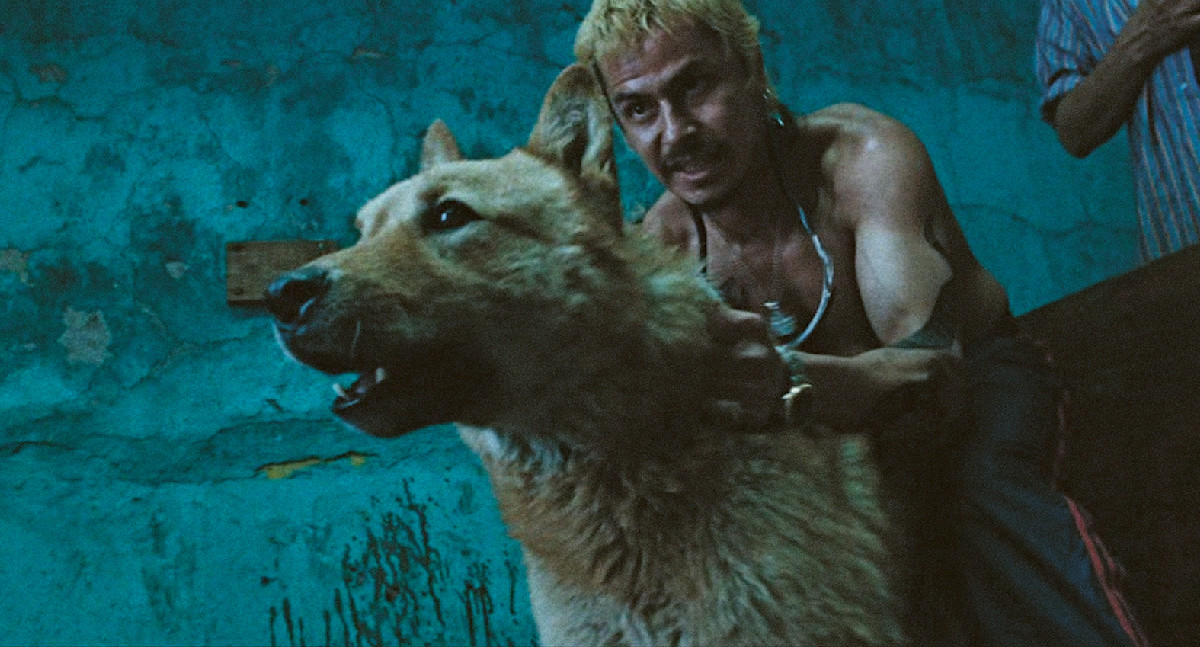The book, much like the film, has a certain dirty energy to it. “I wanted honesty. Not a pristine coffee-table object, but a street document you can live with,” says Iñárritu, who invited contributors as varied as “Dune” director Denis Villeneuve, film critic Elvis Mitchell, behind-the-scenes photographer Fernando Llanos and more to pen essays (or, in one case, a script) about what “Amores Perros” meant to them. Alongside their thoughts, there are storyboards, production schedules, receipts, emails, behind-the-scenes photos, handwritten scene breakdowns, call sheets and press clippings. It’s the patchwork of body parts that make up a film’s birth, life and afterlife.
“Because the film wasn’t planned as branded content, the materials are ordinary—and that makes them special,” Iñárritu says. “It’s dirty laundry and archives that people rarely see. That’s also the spirit of SUEÑO PERRO,” the multisensory exhibition created by Iñárritu for Fondazione Prada, using unseen footage culled from “nearly a million feet of leftover film.” This tactility, the textures of photocopies, print-outs and VHS screengrabs, remains a crucial element of Iñárritu’s creative process: “What you see in the book is what survived. In my process I still chase texture—grain, breath, the friction of the real—whether on film or digital.”
